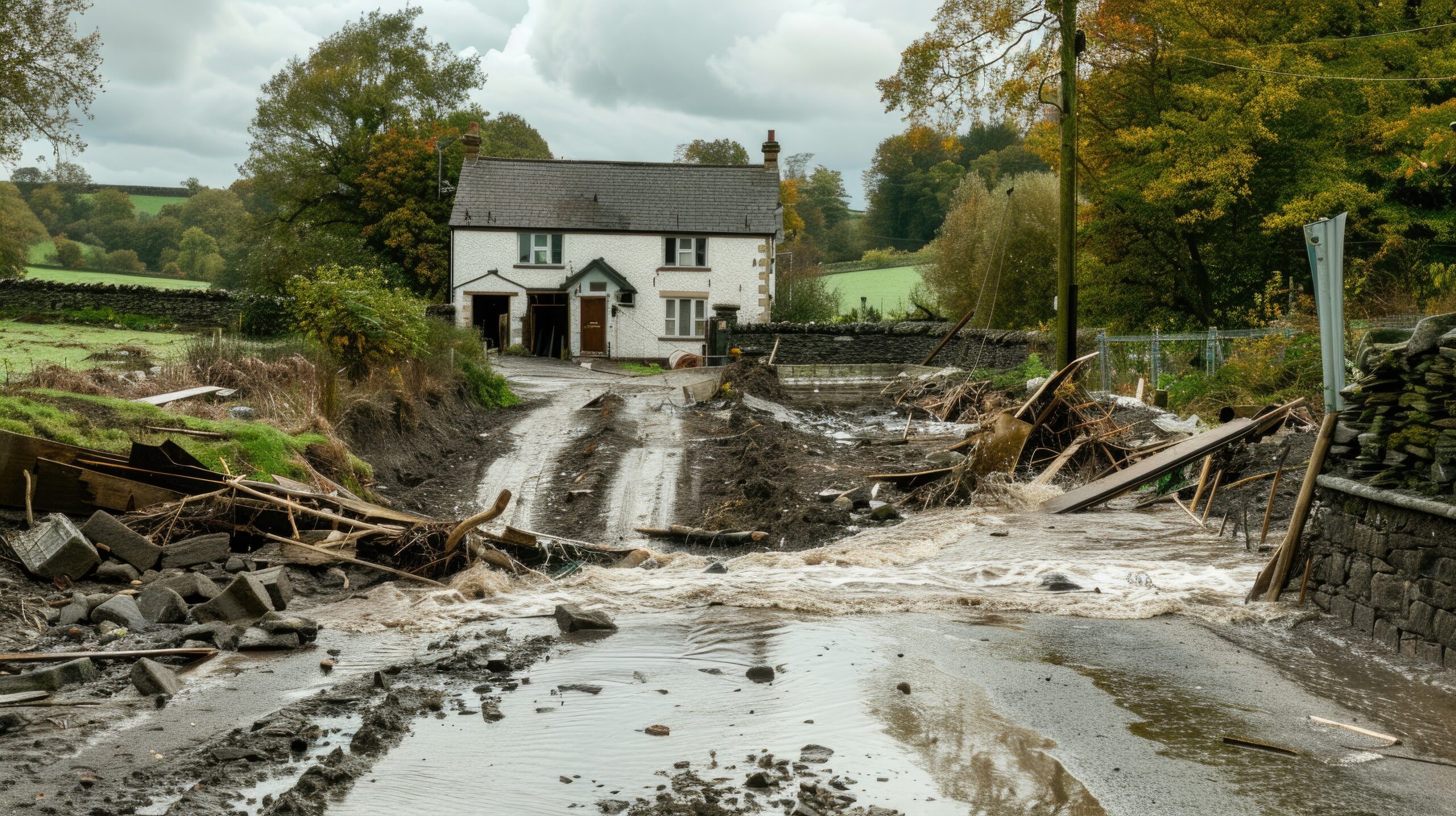Employee Leave Policies During Natural Disasters: A Comprehensive Guide
Natural disasters such as hurricanes, earthquakes, wildfires, and floods can disrupt normal business operations and pose significant risks to employees’ safety and well-being. In such situations, organizations need to have clear and compassionate leave policies in place to support their employees. This article explores the importance of employee leave policies during natural disasters, outlines key considerations for employers, and provides practical guidance on implementing effective policies.
Importance of Employee Leave Policies
Employee leave policies during natural disasters serve several crucial purposes:
- Safety and Well-being: The primary concern during a natural disaster is the safety and security of employees. Leave policies should prioritize allowing employees to take necessary actions to protect themselves and their families without fear of losing their jobs or income.
- Support and Compassion: Natural disasters can be traumatic and disruptive. Having compassionate leave policies demonstrates empathy and supports employees during difficult times, fostering loyalty and trust within the organization.
- Legal Compliance: Depending on local laws and regulations, employers may be required to provide certain types of leave during emergencies. Having well-defined policies ensures compliance with legal requirements and avoids potential legal issues.
Key Considerations for Employers
When designing employee leave policies for natural disasters, employers should consider the following factors:
- Types of Leave: Determine the types of leave employees can utilize during emergencies, such as paid time off (PTO), emergency leave, compassionate leave, or special disaster leave.
- Communication: Establish clear communication channels to notify employees about leave policies before, during, and after a natural disaster. Ensure that employees know whom to contact and how to request leave.
- Flexibility: Recognize that employees’ situations during a disaster may vary widely. Provide flexibility in leave policies to accommodate different needs, such as caregiving responsibilities, home evacuations, or property damage.
- Documentation: Specify any documentation requirements for employees requesting leave, such as proof of residence in an affected area or official evacuation orders.
- Duration and Extensions: Determine the duration of leave allowed and guidelines for extending leave if necessary, based on the severity and duration of the disaster’s impact.
- Pay and Benefits: Clarify how leave during a natural disaster will affect employees’ pay, benefits, and accrual of leave balances. Consider whether employees will receive full pay, partial pay, or utilize accrued leave balances.
Practical Guidance for Implementing Policies
Implementing effective employee leave policies during natural disasters requires careful planning and communication. Here are practical steps to ensure successful implementation:
- Policy Development: Develop a comprehensive leave policy that aligns with organizational values, legal requirements, and the specific needs of employees. Involve key stakeholders, including HR, legal advisors, and senior management, in policy development.
- Training and Awareness: Educate managers and supervisors about the leave policy and their roles in supporting employees during emergencies. Provide training on handling leave requests with empathy and discretion.
- Regular Updates: Review and update leave policies regularly to reflect changes in local laws, organizational needs, or lessons learned from previous disasters. Communicate policy updates to all employees promptly.
- Emergency Preparedness: Integrate leave policies into the organization’s broader emergency preparedness and business continuity plans. Ensure that employees understand how leave policies align with emergency response procedures.
- Feedback and Evaluation: Solicit feedback from employees after a natural disaster to assess the effectiveness of leave policies. Use this feedback to make improvements and adjustments for future emergencies.
Conclusion
Employee leave policies during natural disasters are essential for ensuring the safety, well-being, and support of employees during challenging times. By developing clear policies, communicating effectively, and demonstrating compassion, employers can mitigate the impact of disasters on their workforce and uphold their commitment to employee welfare. Implementing robust leave policies not only supports compliance with legal requirements but also enhances organizational resilience and employee morale in the face of adversity.
